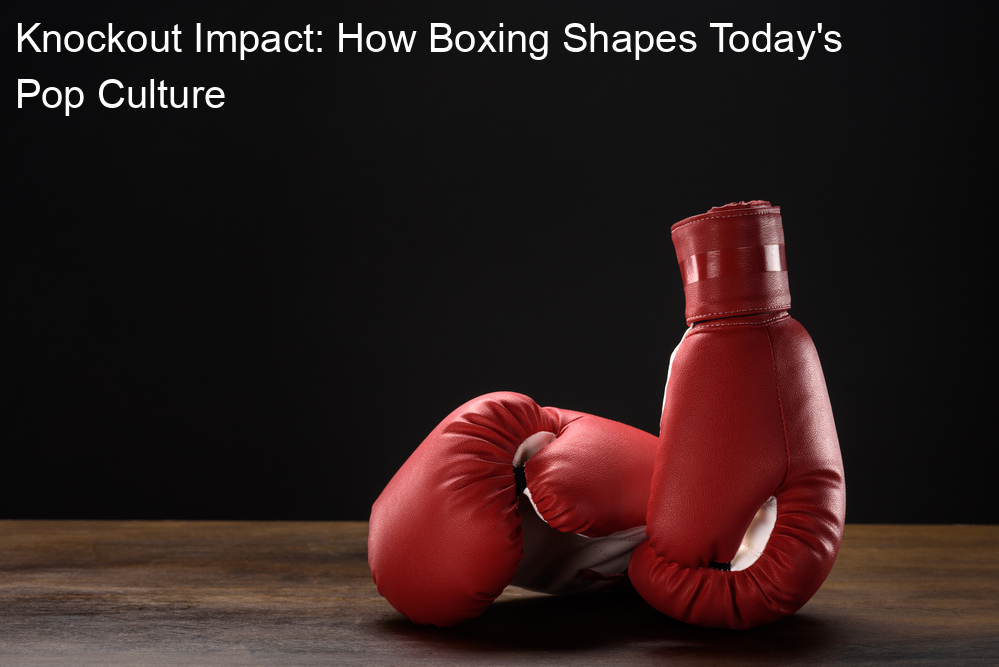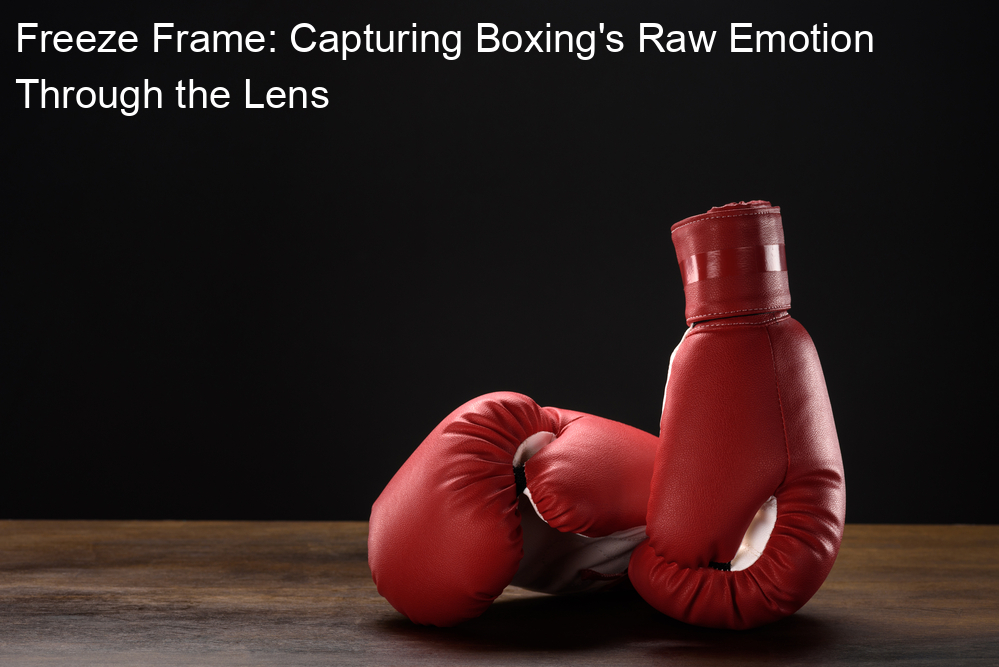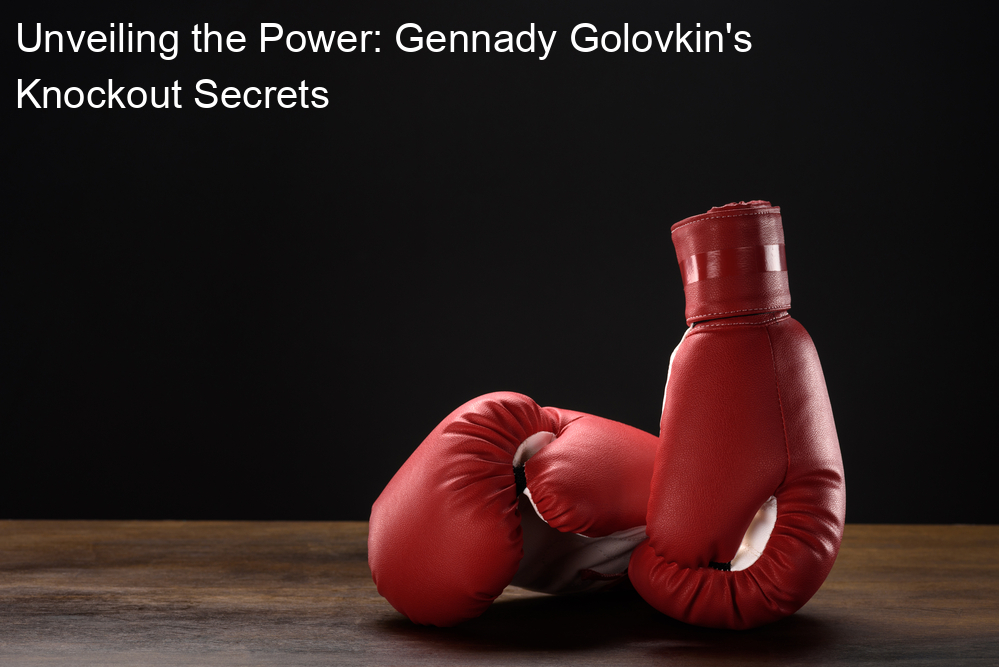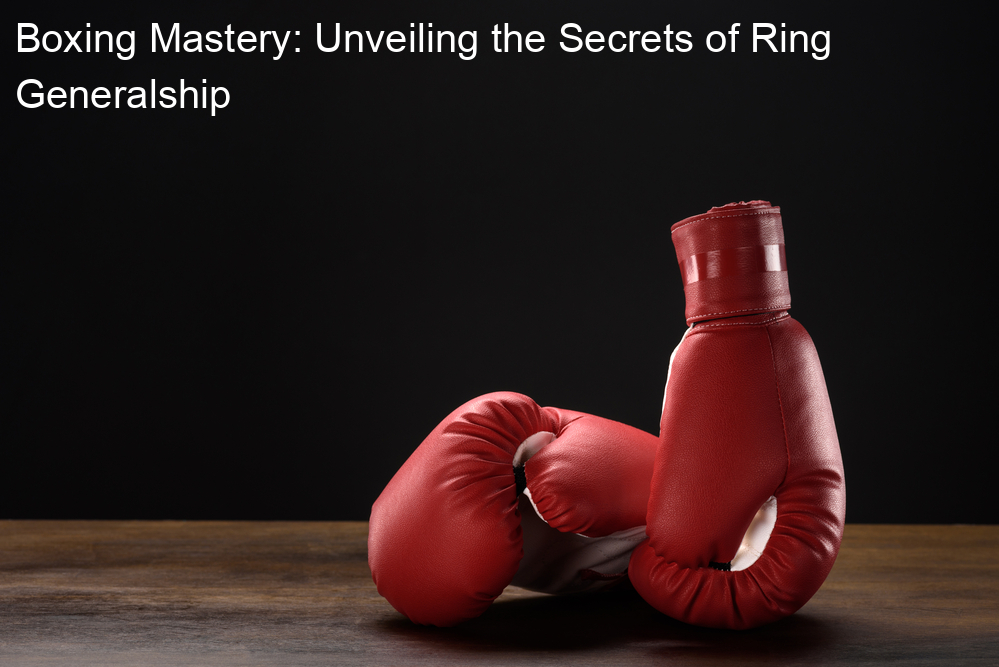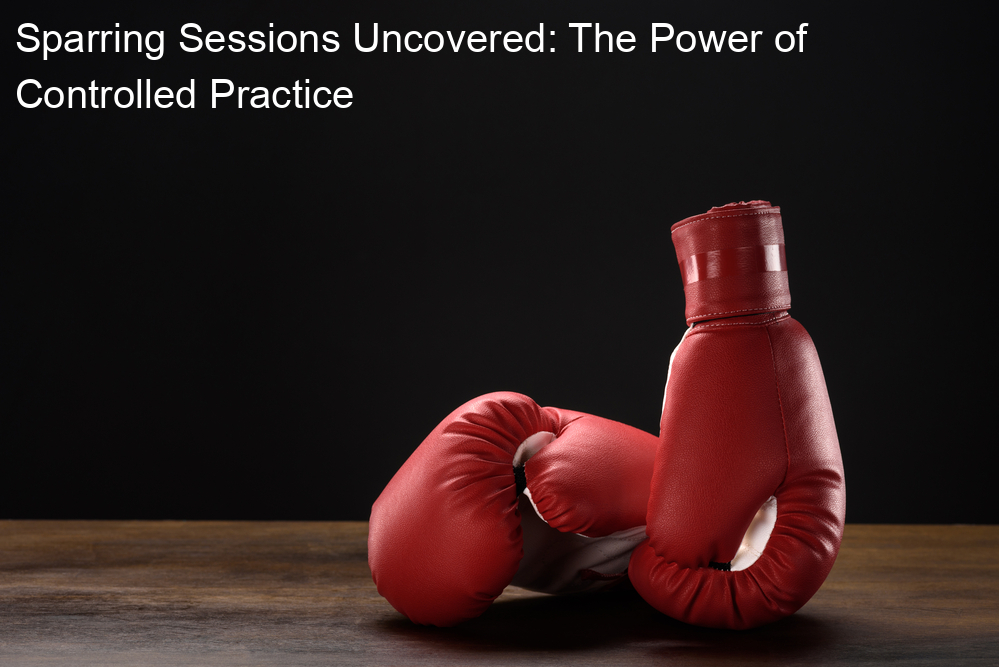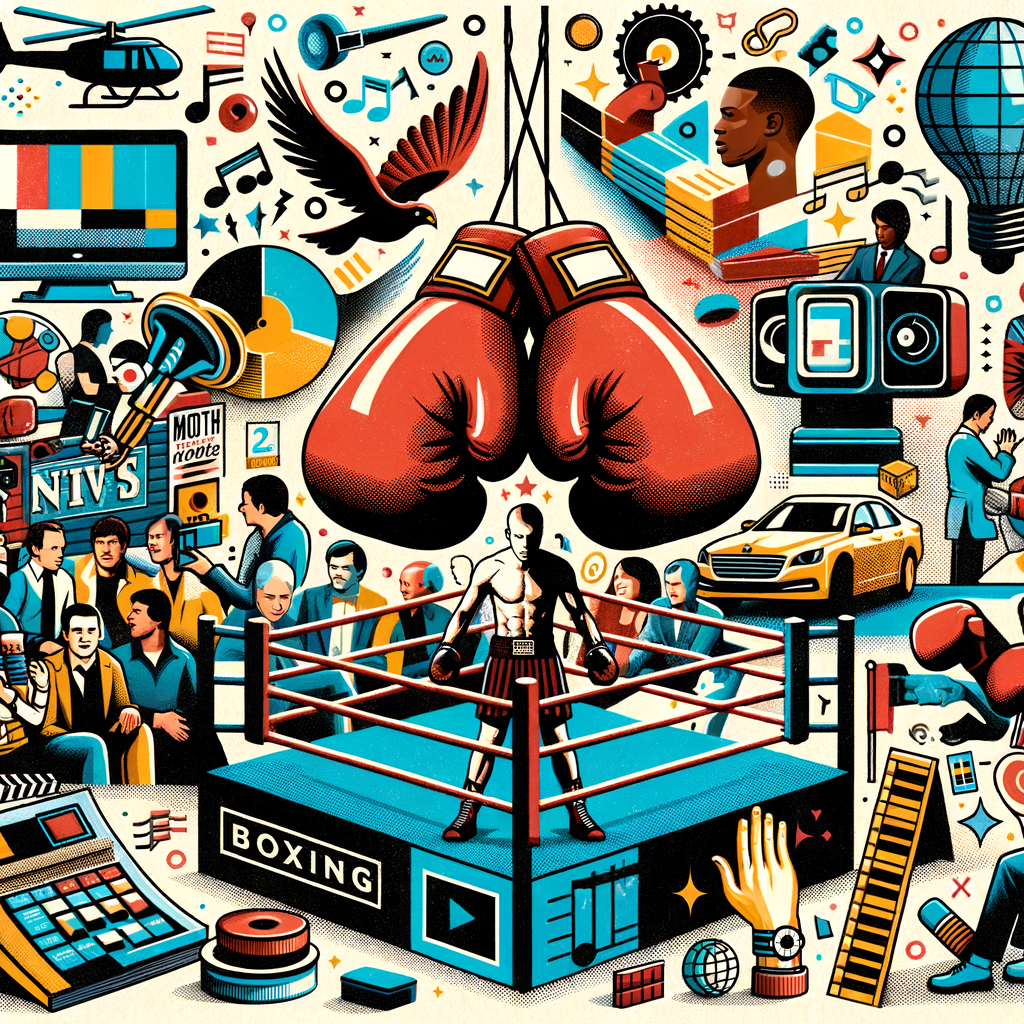
Introduction: Boxing in Pop Culture
Boxing, a sport of strength, strategy, and endurance, has long held a significant place in popular culture. From films to music, fashion, and even literature, the influence of boxing is undeniable. This introduction will provide an overview of boxing’s prominence in popular culture and delve into the historical context of its influence.
- Overview of boxing’s prominence in popular culture
- Historical context of boxing’s influence
Boxing has always been more than just a sport. It’s a spectacle that has captured the imagination of millions around the world. It’s been the subject of countless movies, from the ‘Rocky’ series to ‘Raging Bull’ and ‘Million Dollar Baby’. It’s inspired songs, like Simon & Garfunkel’s ‘The Boxer’, and even influenced fashion trends, with boxing shoes and training gear becoming popular streetwear. The sport’s influence is so pervasive that it’s hard to imagine a world without it.
Boxing’s influence on popular culture didn’t happen overnight. It has a rich history that dates back to ancient times. The sport was first introduced to the Olympics in 688 BC, and it has been a staple of the games ever since. In the 20th century, boxing became a symbol of resilience and determination, with fighters like Muhammad Ali and Joe Frazier becoming cultural icons. Their fights were not just sporting events, but social and political statements that resonated with people around the world. This historical context has shaped the way we view boxing today, as a sport that embodies the human spirit.
In the following sections, we will explore the influence of boxing on society, its role in today’s culture, its representation in media, and its overall impact on pop culture. We will also look at some key figures and events that have shaped the sport’s cultural significance.
The Influence of Boxing on Society
Boxing, a sport with a rich history and a vibrant culture, has left an indelible mark on society. One of the areas where its influence is most visible is in the world of fashion.
Boxing’s Impact on Fashion
Boxing has had a profound influence on fashion trends, both on and off the runway. From the boxing ring to the streets, the sport’s unique style has inspired a multitude of clothing lines and fashion statements.
- Case study: Boxing-inspired clothing lines
- Key takeaway: The influence of boxing attire on streetwear
One of the most prominent examples of boxing’s influence on fashion is the rise of boxing-inspired clothing lines. Designers have drawn inspiration from the sport’s distinctive attire, incorporating elements such as boxing shorts, gloves, and robes into their collections. For instance, Everlast, a brand synonymous with boxing, has expanded its product line to include streetwear that reflects the sport’s gritty, athletic aesthetic.
Boxing attire has had a significant impact on streetwear, a fashion trend that emphasizes comfort, functionality, and personal expression. The sport’s iconic pieces, such as boxing shorts and gloves, have been reimagined and incorporated into everyday wear. This influence is evident in the popularity of oversized hoodies, high-top sneakers, and other boxing-inspired items in streetwear fashion.
In conclusion, boxing’s influence extends far beyond the ring. Its impact on fashion is a testament to the sport’s cultural significance and its ability to inspire and shape trends. Whether it’s through a designer collection or streetwear fashion, boxing’s unique style continues to make a statement in the world of fashion.
Boxing’s Role in Music and Entertainment
Boxing, a sport that is as much about mental toughness as it is about physical strength, has found its way into the heart of music and entertainment. Let’s explore how boxing has influenced these areas.
- Examples of boxing references in popular music
- Boxing’s influence on film and television
Boxing has been a popular theme in music for decades. For instance, the song “Eye of the Tiger” by Survivor was written as the theme song for the movie “Rocky III”. The lyrics are about rising up to the challenge, much like a boxer in the ring. Another example is LL Cool J’s “Mama Said Knock You Out”, a song that uses boxing as a metaphor for the rapper’s determination and fighting spirit. These songs show how boxing’s themes of resilience and determination resonate with musicians and listeners alike.
Boxing has also made a significant impact on film and television. Movies like “Rocky”, “Raging Bull”, and “Million Dollar Baby” have not only entertained millions of viewers, but also highlighted the grit, determination, and spirit of boxers. These films have won numerous awards, demonstrating the powerful storytelling potential of boxing. On television, shows like “The Contender” and “Lights Out” have brought the world of boxing into the homes of viewers, further cementing boxing’s place in popular culture.
| Song | Artist | Boxing Reference |
|---|---|---|
| Eye of the Tiger | Survivor | Theme song for “Rocky III”, a boxing movie |
| Mama Said Knock You Out | LL Cool J | Uses boxing as a metaphor for fighting spirit |
In conclusion, boxing’s influence on music and entertainment is undeniable. It has inspired musicians to write hit songs and filmmakers to create award-winning movies. As long as boxing continues to captivate audiences with its unique blend of physical and mental challenges, it will continue to play a significant role in music and entertainment.
Boxing in Today’s Culture
Boxing, a sport that has been around for centuries, continues to make a significant impact in today’s culture. This impact is not only felt in the sporting world but also in various aspects of society, including pop culture.
Pop Culture and Sports: The Boxing Phenomenon
Boxing has become a phenomenon in pop culture, influencing various aspects of our daily lives. Let’s delve into how boxing has influenced celebrity culture and how boxing events have turned into social phenomena.
- Boxing’s impact on celebrity culture
- How boxing events have become social phenomena
Boxing has a profound influence on celebrity culture. Many celebrities are avid fans of boxing, and some have even stepped into the ring themselves. This has led to a surge in popularity for the sport, as fans follow their favorite celebrities’ interests. For instance, Justin Bieber’s appearance at Floyd Mayweather’s boxing match in 2015 brought the sport into the spotlight for many of his fans.
Boxing events have evolved into much more than just sporting events. They have become social phenomena, drawing in millions of viewers worldwide. These events are often filled with high-profile celebrities, adding to the glamour and excitement. The 2017 match between Floyd Mayweather and Conor McGregor, for example, was one of the most-watched sporting events of the year, demonstrating the social phenomenon that boxing has become.
In conclusion, boxing’s influence in today’s culture is undeniable. It has permeated celebrity culture and turned boxing events into social phenomena. As we continue to see the sport’s popularity grow, it’s clear that boxing will remain a significant part of our culture for years to come.
Modern Boxing Influence: The Social Media Impact
Boxing, a sport that has been around for centuries, has found a new home on social media. The influence of boxing on social media has been significant, leading to the rise of sports influencers and viral moments that capture the world’s attention. Let’s delve into the details.
- Boxing’s Role in the Rise of Sports Influencers
Boxing, like many other sports, has been a major player in the rise of sports influencers on social media. These influencers, often professional boxers themselves, use their platforms to share training tips, behind-the-scenes footage, and personal insights into the world of boxing. This has not only increased the sport’s popularity but also created a new way for fans to engage with their favorite athletes.
Take, for example, the case of Floyd Mayweather. With over 24 million followers on Instagram, Mayweather uses his platform to share glimpses of his training regimen, promote upcoming fights, and even showcase his lavish lifestyle. This has not only helped him build a personal brand but also brought boxing into the mainstream conversation.
- Case Study: Viral Boxing Moments on Social Media
Boxing has also made its mark on social media through viral moments that have captured the world’s attention. These moments, often clips from high-stakes matches or impressive knockouts, spread like wildfire on platforms like Twitter and Instagram, bringing boxing to an audience that might not otherwise engage with the sport.
| Event | Social Media Impact |
|---|---|
| Mayweather vs. McGregor Fight | Generated over 27 million social media interactions in 24 hours. |
| Mike Tyson’s Comeback Announcement | Video announcement received over 2 million views on Instagram within a day. |
These viral moments not only generate buzz for the sport but also create opportunities for brands and advertisers to tap into the conversation. As a result, boxing’s influence on social media has become a powerful tool for the sport’s growth and popularity.
Boxing Influence in Media
Boxing, a sport of strength and strategy, has a significant influence on media, particularly in the realm of advertising. Let’s delve into how boxing plays a pivotal role in this field.
Boxing’s Role in Advertising
Boxing has been a popular theme in advertising for many years. Advertisers often use boxing to convey messages of resilience, determination, and victory, which resonate with audiences. Here are some ways in which boxing has been used in commercial advertisements.
- Examples of boxing in commercial advertisements:
- Key takeaway: The appeal of boxing in marketing strategies
One of the most iconic examples is the “Gatorade – Sweat It To Get It” campaign. In this advertisement, boxing legend Manny Pacquiao is seen training hard, promoting the message that success comes from hard work and determination. Another example is the “Under Armour – I Will” campaign featuring heavyweight champion Anthony Joshua. The ad showcases Joshua’s intense training routine, emphasizing the brand’s commitment to supporting athletes in their pursuit of excellence.
Boxing is appealing in marketing strategies because it embodies qualities that many brands want to associate with: strength, resilience, and the will to win. These qualities are universally admired and can help to create a powerful and positive brand image. Moreover, featuring popular boxers in advertisements can also attract their fan base, providing a larger audience for the brand.
In conclusion, boxing’s influence in media, specifically in advertising, is significant. It serves as a powerful tool for brands to convey their messages and connect with their audience on a deeper level.
Boxing in Journalism and Literature
Boxing, as a sport, has significantly influenced various aspects of media, including journalism and literature. Let’s explore these influences in detail.
- Boxing’s Influence on Sports Journalism
Boxing has played a pivotal role in shaping sports journalism. The sport’s inherent drama, the anticipation before a big fight, and the stories of the boxers themselves have provided a rich source of material for sports journalists.
Boxing matches are not just about the fight; they are about the stories behind the fighters. The struggle, the triumph, the defeat – these elements make for compelling narratives that captivate readers and viewers alike. This storytelling aspect has helped elevate sports journalism from mere reporting to a form of narrative journalism.
Moreover, boxing has also contributed to the development of investigative sports journalism. The sport’s history is riddled with controversies, from match-fixing scandals to issues of athlete welfare. These have prompted journalists to dig deeper, uncovering stories that go beyond the ring.
- Examples of Boxing in Literature and Its Impact
Boxing has also found its way into literature, leaving an indelible mark. From novels to poems, the sport has been used as a metaphor for struggle, a tool for character development, and a setting for dramatic narratives.
One notable example is the novel “The Power of One” by Bryce Courtenay. The protagonist’s journey as a boxer serves as a metaphor for his struggle against the injustices of apartheid in South Africa. This novel has not only entertained readers but also educated them about a significant period in history.
Another example is the poem “The Boxer” by Langston Hughes. This poem uses the figure of a boxer to explore themes of resilience and determination in the face of adversity. It has inspired readers and influenced other writers to use sports as a vehicle for exploring deeper themes.
In conclusion, boxing’s influence extends beyond the ring. It has shaped sports journalism and enriched literature, contributing to the cultural significance of the sport.
Sports Influence on Pop Culture: The Boxing Example
Boxing, a sport that has been around for centuries, has had a significant impact on pop culture. It’s not just about the fights in the ring; boxing has also influenced our lifestyle and fitness trends. Let’s explore how.
Boxing’s Influence on Lifestyle and Fitness Trends
Boxing isn’t just a sport; it’s a lifestyle. It has influenced the way we exercise and stay fit. Let’s delve into the rise of boxing-inspired fitness trends and the cultural impact of boxing gyms.
- The rise of boxing-inspired fitness trends
- Case study: Boxing gyms and their cultural impact
Boxing has inspired a wave of fitness trends. From high-intensity interval training (HIIT) workouts to boxing-themed fitness classes, the influence of boxing is evident. These workouts combine elements of boxing, such as punching and footwork, with cardio and strength training. This trend has made boxing accessible to a wider audience, promoting fitness and health.
Boxing gyms have become cultural hubs in many communities. They are not just places to train; they are spaces where people come together, build relationships, and learn about discipline and resilience. For instance, the famous Gleason’s Gym in Brooklyn has been a breeding ground for champions and a beacon of hope for the community. It has shaped the culture of the neighborhood, inspiring people to strive for greatness.
In conclusion, boxing has had a profound influence on pop culture, particularly in lifestyle and fitness trends. Its impact extends beyond the ring, shaping our exercise routines and community spaces. As we continue to embrace boxing-inspired fitness trends and the cultural significance of boxing gyms, we celebrate the enduring influence of this sport on our culture.
Boxing’s Role in Shaping Cultural Narratives
Boxing, as a sport, has played a significant role in shaping cultural narratives. It has influenced societal views on strength and resilience and has helped shape cultural values. Let’s delve deeper into these aspects.
- How boxing has influenced societal views on strength and resilience
Boxing, often seen as a test of strength and endurance, has significantly influenced societal views on these attributes. It has helped redefine strength, not just as physical power, but also as mental toughness and resilience. The sport has taught us that being strong is not just about having muscular power, but also about the ability to persevere, to stand up after being knocked down, and to keep fighting despite the odds.
Boxers like Muhammad Ali and Manny Pacquiao, who overcame numerous challenges both inside and outside the ring, serve as perfect examples of this. Their stories have inspired millions around the world, reinforcing the idea that strength and resilience are key to overcoming life’s challenges.
- Key takeaway: Boxing’s role in shaping cultural values
Boxing has also played a significant role in shaping cultural values. It has instilled in us the values of discipline, hard work, respect, and sportsmanship. The rigorous training that boxers undergo, their respect for their opponents, and their grace in both victory and defeat, are all testament to these values.
Moreover, boxing has also promoted the value of equality. In the ring, all that matters is skill and determination, regardless of one’s background or social status. This has helped to promote a culture of fairness and equality, where everyone has a fair shot at success if they are willing to work hard for it.
In conclusion, boxing has had a profound impact on shaping cultural narratives and values. It has taught us to value strength and resilience, discipline, hard work, respect, sportsmanship, and equality. These are lessons that we can apply not just in sports, but in all aspects of life.
Conclusion: The Continuing Impact of Boxing on Pop Culture
As we draw to a close, it’s clear that boxing’s influence on pop culture is not only significant but also enduring. Let’s summarize the key points we’ve discussed and look ahead to what the future might hold for boxing in pop culture.
- Summary of boxing’s influence and its ongoing relevance
- Future predictions for boxing’s role in pop culture
Boxing, as a sport, has deeply permeated our society, influencing everything from our language to our entertainment. Phrases like “down for the count” and “throw in the towel” have their roots in boxing and are now commonly used in everyday conversation. Boxing movies, such as the iconic “Rocky” series, have become cultural touchstones, inspiring millions with their tales of grit, determination, and triumph.
Boxing’s influence continues to be seen today, with popular culture still drawing heavily from the sport. From the adrenaline-pumping boxing scenes in video games to the high-profile celebrity boxing matches that dominate social media, boxing’s relevance in pop culture remains strong.
Looking ahead, we can expect boxing’s influence on pop culture to continue. The sport’s inherent drama and intensity make it a rich source of inspiration for storytellers in various mediums. We may see more boxing-themed movies and TV shows, more boxing-inspired music and fashion, and even more integration of boxing into our digital experiences.
Moreover, as the popularity of celebrity boxing matches continues to rise, we may see more high-profile personalities stepping into the ring. This trend could further cement boxing’s place in pop culture, making the sport even more accessible and appealing to a wider audience.
In conclusion, boxing’s impact on pop culture is far from over. As we move forward, we can look forward to seeing how the sport continues to shape our cultural landscape in new and exciting ways.

